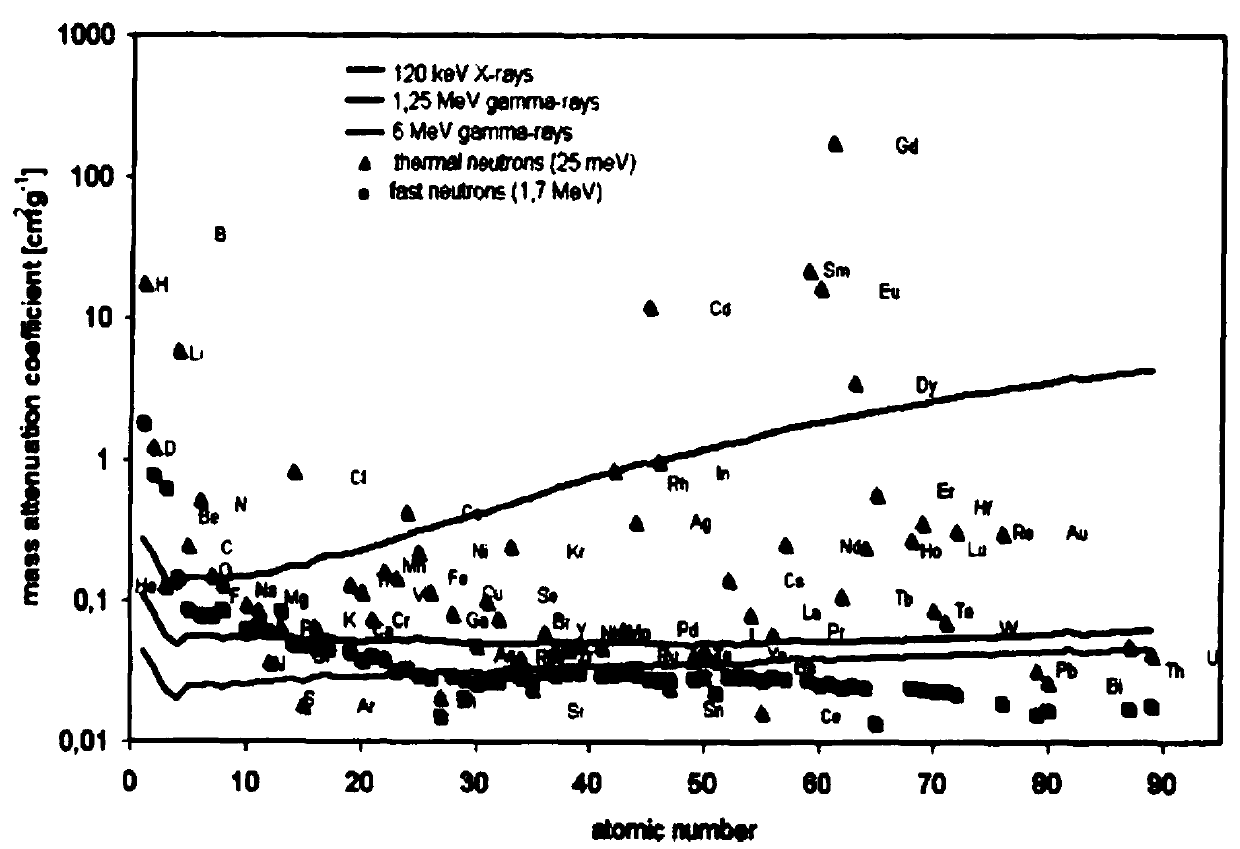Hollow blade intracavitary residue detection method
A technology for hollow blades and redundant objects, which is applied in the pretreatment of hollow blades before neutron photography, and in the field of detection of redundant objects in the inner cavity of hollow blades. , a wide range of prices, the effect of simple process
- Summary
- Abstract
- Description
- Claims
- Application Information
AI Technical Summary
Problems solved by technology
Method used
Image
Examples
Embodiment 1
[0038]1.1 Prepare 10% gadolinium nitrate aqueous solution. According to the mass ratio of gadolinium nitrate and water to 0.11, mix gadolinium nitrate hexahydrate with water, stir evenly, and obtain soaking solution after gadolinium nitrate hexahydrate is completely dissolved in water. Wherein the purity of gadolinium nitrate hexahydrate is above 99%.
[0039] 1.2. Soak the hollow leaf in the gadolinium nitrate soaking solution obtained in step 1 and completely submerge it in the soaking solution. Control the temperature of the soaking solution at 24°C, put the container in the vacuum box, turn on the vacuum pump, and keep the vacuum at 0.09atm , the hollow leaves are continuously soaked for 6 hours and then taken out.
[0040] 1.3 Put the soaked hollow leaf into an ultrasonic water tank with a frequency of 64KHZ for 10 minutes, then take it out, put it in a drying oven at 90°C for 1 hour, and then cool the hollow leaf to room temperature.
Embodiment 2
[0042] 1.1 Prepare 20% gadolinium nitrate aqueous solution. According to the mass ratio of gadolinium nitrate and water to 0.25, mix gadolinium nitrate hexahydrate with water, stir evenly, and obtain soaking solution after gadolinium nitrate hexahydrate is completely dissolved in water. Wherein the purity of gadolinium nitrate hexahydrate is above 99%.
[0043] 1.2. Soak the hollow leaf in the gadolinium nitrate soaking solution obtained in step 1 and completely submerge it in the soaking solution. Control the temperature of the soaking solution at 35°C, put the container in the vacuum box, turn on the vacuum pump, and keep the vacuum at 0.07atm , and the hollow leaves were continuously soaked for 8 hours and then taken out.
[0044] 1.3 Put the soaked hollow leaf into an ultrasonic water tank with a frequency of 24KHZ for 15 minutes, take it out, put it in a drying oven at 100°C for 1 hour, and then cool the hollow leaf to room temperature.
Embodiment 3
[0046] 1.1 Prepare 15% gadolinium nitrate aqueous solution. According to the mass ratio of gadolinium nitrate and water to 0.176, mix gadolinium nitrate hexahydrate with water, stir evenly, and obtain soaking solution after gadolinium nitrate hexahydrate is completely dissolved in water. Wherein the purity of gadolinium nitrate hexahydrate is above 99%.
[0047] 1.2. Soak the hollow leaf in the gadolinium nitrate soaking solution obtained in step 1 and completely submerge it in the soaking solution. Control the temperature of the soaking solution at 15°C, put the container in the vacuum box, turn on the vacuum pump, and keep the vacuum at 0.08atm , the hollow leaves are continuously soaked for 7 hours and then taken out.
[0048] 1.3 Put the soaked hollow leaf into an ultrasonic water tank with a frequency of 48KHZ for 13 minutes, then take it out, put it in a drying oven at 80°C for 1 hour, and then cool the hollow leaf to room temperature.
PUM
 Login to View More
Login to View More Abstract
Description
Claims
Application Information
 Login to View More
Login to View More - R&D
- Intellectual Property
- Life Sciences
- Materials
- Tech Scout
- Unparalleled Data Quality
- Higher Quality Content
- 60% Fewer Hallucinations
Browse by: Latest US Patents, China's latest patents, Technical Efficacy Thesaurus, Application Domain, Technology Topic, Popular Technical Reports.
© 2025 PatSnap. All rights reserved.Legal|Privacy policy|Modern Slavery Act Transparency Statement|Sitemap|About US| Contact US: help@patsnap.com


